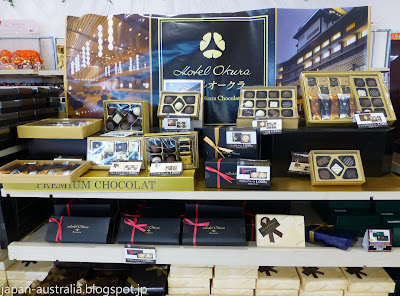Sumo is Japan’s national sport and is one of the most popular spectator sports in Japan. Sumo originated from ancient Shinto religious rites to ensure good harvests. It is believed to be at least 1500 years old. Sumo wrestlers are known as
rikishi and compete in a 4.55 diameter ring called a
dohyou (土俵). The ring is made of rice straw bales topped by a platform made with clay mixed with sand. A new
dohyou is built for each tournament.
The rules to sumo are quite simple but it’s the rituals surrounding the sport that most find complicated. In many ways the rituals are just as important as the match itself. The rules are the wrestler tries to either push his opponent out of the ring, or unbalance him so that some part of his body other than the soles of his feet touch the ground.
Rikishi make distance attacks by using open handed blows, slaps, leg sweeps as well as wrestling with a grip on each other’s belts.
A key concept in sumo is
kokyu or coordination of breath and movement. The sumo match begins when both
rikishi believe they have synchronized their breathing. The concept of
kokyu is considered to be uniquely Japanese.
Professional sumo is run by the Japan Sumo Association and there are no weight classes in sumo. Sumo wrestlers start young and at the age of around 15 years old traditionally join one of the training stables (
heya) of wrestlers. The stables are usually run by retired wrestlers (
oyakata) and the young wrestlers work their way up through the ranks. The wrestlers are required to live in a communal setting where all aspects of their daily lives are dictated by strict tradition.
The sumo rankings are based on a strict hierarchy that dates back to the Edo period. The wrestlers are promoted or demoted according to their performance through-out the six official tournaments held during the year. There are six divisions in sumo with the top division (
makuuchi) receiving the most attention. The majority of wrestlers are
maegashira and are numbered from one (top) down to about sixteen or seventeen. In each rank there are two wrestlers with the east designated a higher rank over the west. For Example, #1 east, #1 west, #2 east, #2 west, etc. Above
maegashira are three champion or titleholder ranks
komusubi,
sekiwake, and
ozeki. These are not numbered and are in ascending order. At the top is the pinnacle of
yokozuna or Grand Champion. It is very difficult to become a
yokozuna and the criteria is very strict. An
ozeki must win consecutive tournaments or have many strong performances to even be considered for promotion to
yokozuna. It is possible for more than one wrestler to hold the rank of
yokozuna at the same time.
Sumo today still retains traces of its Shinto past with many ancient traditions still followed. This includes the shrine like roof that hangs over the ring and the
gyoji (referee) who still wears a dagger. It is said that the dagger was to allow him to commit ritual suicide (
seppuku) if he made a bad referring decision. Some of the pre-game rituals include the wrestlers throwing salt into the
dohyou to purify the ring, and stomping his legs and clapping his hands to drive away evil spirits from the
dohyou.
Sumo wrestlers are huge in size and achieve this bulk by eating large quantities of a fattening stew called
chanko-nabe.
There are six grand sumo tournaments annually in Japan with each lasting 15 days. The tournaments are held in January, May and September in Tokyo, in March in Osaka, in July in Nagoya and in November in Fukuoka.
Each tournament starts on the Sunday closest to the 10th of the month. The top ranking wrestlers appear in the late afternoon, so this is usually the most crowded time. If you want to beat the crowds arrive early and watch the lower ranking wrestlers in the morning.
If you are in Japan when there are no tournaments on, but still want to see a sumo bout, visit one of the sumo stables to watch training.
The Grand Sumo Tournament Schedule for 2013


































